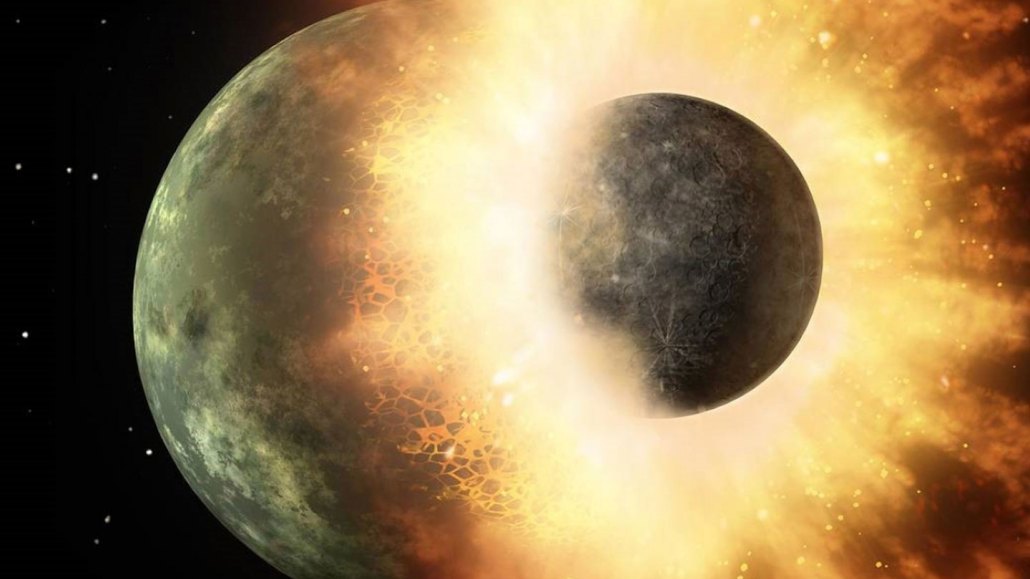
The early solar system may have been full of collisions between baby planets (one smashup shown in this artist’s illustration). But more of the fragments of those collisions stuck to Venus than to Earth, a new study suggests.
JPL-Caltech/NASA

The early solar system may have been full of collisions between baby planets (one smashup shown in this artist’s illustration). But more of the fragments of those collisions stuck to Venus than to Earth, a new study suggests.
JPL-Caltech/NASA